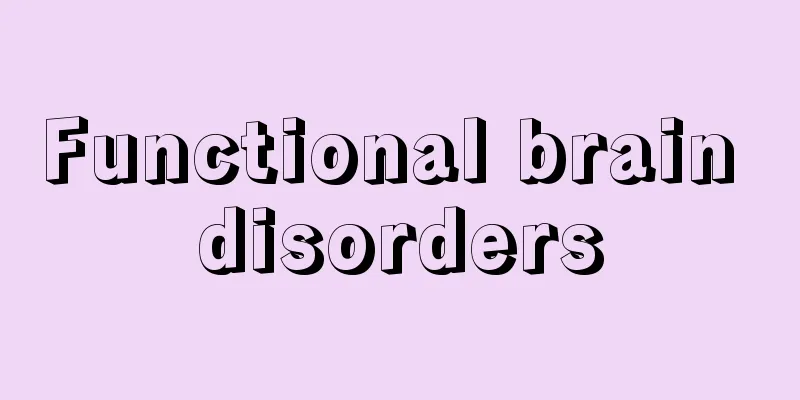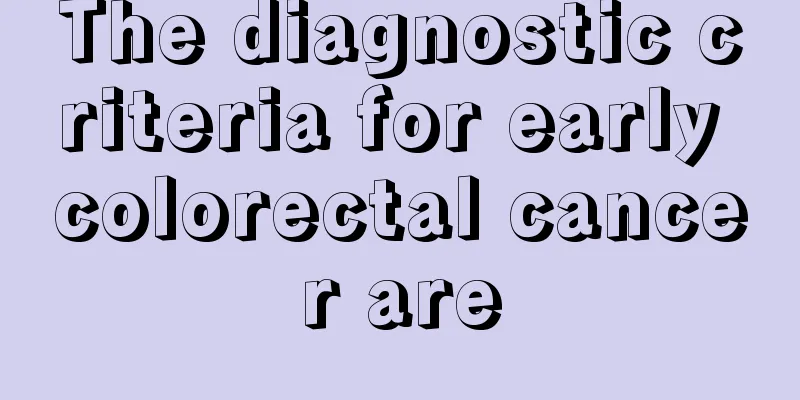Functional brain disorders

|
When humans have functional brain disorders, we will find that our nervous system has been severely damaged, which may lead to restrictions on some body activities. Diseases such as hemiplegia are closely related to functional brain disorders. Our actions will not be controlled by our thoughts, and we will feel that our actions are particularly hindered. So what should we do with functional brain disorders? Diseases or dysfunction of the cerebral hemispheres may be organic (with a clear structural, chemical, or metabolic mechanism) or nonorganic (with no clear cause). Major mental illness and many behavioral disorders belong to the latter category. The distribution of organic brain dysfunction can be focal or generalized. Most focal disorders result from structural abnormalities (eg, space-occupying lesions, stroke, brain trauma, dysplasia, scarring) and usually affect function in only a local area of the cerebral cortex. In contrast, most global disorders result from metabolic-chemical disturbances or disseminated structural disease (eg, diffuse inflammation, vascular disease, or disseminated cancer). Global lesions can cause changes in many aspects of the brain's sensory and behavioral functions and often affect some subcortical systems, interfering with the level of wakefulness, causing stupor or coma, or interfering with the normal integration of conscious thinking, causing delirium or dementia. Some functional disorders, such as apraxia and amnesia, can be caused by either focal or diffuse brain lesions. A large area of the cerebral cortex belongs to the association cortex, while the primary sensory and motor areas that specialize in expressing sensory and motor functions account for a very small proportion (Figure 169-1). The sensory areas receive direct somatosensory, auditory, visual, and olfactory stimulation from peripheral receptors and relay this information to the motor areas. The latter then transmits movement signals to the striated muscles to regulate voluntary body movements. The rest of the cerebral cortex is made up of the association cortex and the limbic cortex, which together integrate various sensory experiences with innate and acquired memories to create and develop learning, thinking, expression and behavior. The clinical impact of focal brain lesions depends primarily on the location of the lesion and the amount of tissue damaged. The key to functional recovery lies in the degree of excess reserve, adaptation, remaining brain plasticity and the age of the patient. In adults, primary cortical sensory and motor areas and pathways involved in somatosensory perception, visual function, and motor control are highly lateralized, with little redundant reserve; direct damage usually leaves at least some permanent impairment. After early childhood, language and spatial cognition become increasingly unilateral, with no excess reserve. Although hearing from either the left or right ear can reach the temporal cortex bilaterally, there is evidence that the left cerebral hemisphere is dominant. Many separate areas of the association cortex have more or less overlapping functions; their redundant functional reserves often allow some brain regions to compensate for damaged brain regions (called adaptation). Adaptation is more common in people under 40 years of age. Plasticity refers to the ability of certain areas of the brain to undergo functional changes that depend on the nature of the stimulus and the age of the individual. For example, throughout a person's life, the activity of the hippocampus helps transform new ideas and feelings into permanent memories. In adults, brain plasticity helps relearn thinking, movement, and sensory functions after brain injury, although to a lesser extent. The brain that is most susceptible to plasticity is still developing; for example, if a child under the age of 8 suffers severe damage to the dominant left cerebral hemisphere, the right hemisphere can usually take on nearly normal speech functions. Frontal lobe The frontal lobes influence the planning and organization of learned motor activities and expressive behaviors. The precentral gyrus of one cerebral hemisphere, together with the premotor and supplementary motor areas just in front of it, manages the regulation of skilled muscle activity in the opposite half of the body. The premotor and supplementary motor cortices also regulate ipsilateral skilled motor behaviors, such as hitting a golf ball. Seizures involving the premotor area typically manifest as contralateral rotation of the head, eyes, trunk, and limbs |
<<: Does good kidney mean good sexual function?
>>: Functions and characteristics of the left and right brain
Recommend
What are the differences between cold and dampness and damp heat symptoms
In the theory of traditional Chinese medicine, th...
What are the benefits of natural selenium buckwheat tea?
Natural selenium buckwheat tea is selenium-rich b...
What types of facial tumors are there
The facial structure is also very complex, and th...
Symptoms of prostate cancer in the elderly
Prostate cancer in the elderly is a malignant tum...
How to install a zipper pull? Introducing detailed steps!
In daily life, we often encounter situations wher...
How to cut ingrown nails
How to cut ingrown nails? This is also a problem ...
How can I cure itchy feet?
A common cause of itchy feet is athlete's foo...
What to do if my waist hurts from holding a baby
Since babies do not have normal mobility after bi...
What are the common symptoms of early breast cancer
What are the common early symptoms of breast canc...
Several commonly used radiotherapy regimens for cervical cancer
Cervical cancer is one of the most common maligna...
What is the principle of dry cleaning?
In addition to water washing, dry cleaning is als...
What are the effects and functions of chrysanthemum pillow?
Chrysanthemum pillow is a common item and also a ...
What causes cervical cancer in children
It is often a long process from the onset of cerv...
How long does it take to get a denture after extracting the front teeth
Some people have cavities due to black teeth, and...
How to quickly restore your sense of smell
In most cases, the sense of smell is a relatively...









